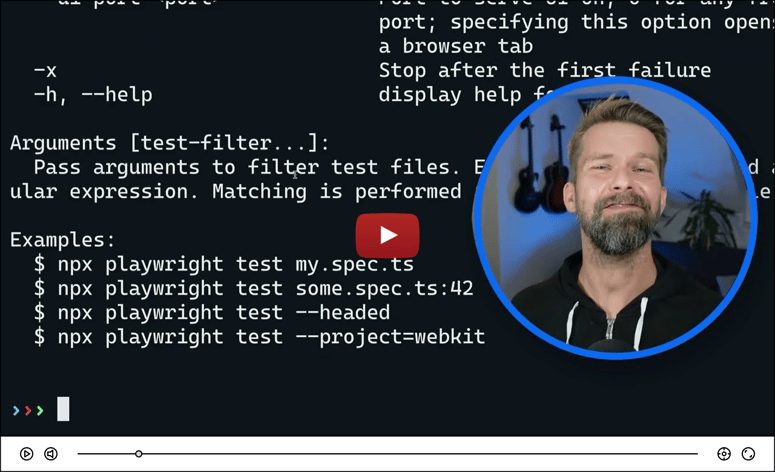If you’ve ever worked with programming languages like C, Java, Python, or JavaScript, you might have noticed one thing—arrays always start at index 0. But why? Wouldn’t it be more natural to start counting from 1, just like we do in real life? 🤯
It turns out, there’s a very logical reason behind this. In this post, we’ll break it down in super simple terms with real-life examples and code snippets!
🔍 The Quick Answer: It’s All About Memory!
Arrays are stored in contiguous (continuous) memory locations. When you access an element in an array, the computer calculates its memory address like this:
Address = Base Address + (Index * Size of Each Element)
If we start counting from 0, the first element’s memory address is simply the base address, making calculations faster and more efficient.
Now, let’s break it down further. 🚀
🏗️ How Arrays Work in Memory
Imagine you have an array of 4 integers, and each integer takes 4 bytes in memory.
int numbers[4] = {10, 20, 30, 40};
Let’s assume this array starts at memory address 1000. Here’s how the elements are stored:
| Index | Element | Memory Address |
|---|---|---|
| 0 | 10 | 1000 |
| 1 | 20 | 1004 |
| 2 | 30 | 1008 |
| 3 | 40 | 1012 |
When you access numbers[0], the calculation is:
1000 + (0 * 4) = 1000 ✅
For numbers[1], it’s:
1000 + (1 * 4) = 1004 ✅
Now, imagine if the index started at 1 instead of 0. Then we’d have to adjust the calculation every time by subtracting 1 from the index:
1000 + ((index - 1) * 4)
This extra subtraction step wastes time and computation. That’s why computer scientists prefer zero-based indexing—it’s cleaner and faster! ⚡
⏳ Historical Reasons: Blame C and Assembly! 😆
The zero-based indexing convention dates back to C programming language and Assembly language. C was designed to work closely with low-level memory operations, and Assembly already used zero-based addressing. Since many modern languages like Python, JavaScript, Java, and Swift were inspired by C, they inherited this tradition!
"The elegance of zero-based indexing lies in its direct mapping to memory."
– Edsger Dijkstra, Computer Scientist 💡
Some older languages, like Fortran and Lua, use 1-based indexing, but they are exceptions.
🧠 Real-Life Analogy: Elevators vs. Arrays 🚀
Think of an elevator in a building. In some countries, the ground floor is labeled as 0, while in others, it’s labeled as 1.
- Zero-based indexing is like calling the ground floor 0 because it aligns better with the actual floor count.
- One-based indexing is like calling the ground floor 1, which feels more natural to humans but adds complexity in calculations.
Computers prefer the most efficient way—hence, zero-based indexing wins! 🏆
🏁 Conclusion: Zero is the Hero! 🎯
To recap:
✅ Zero-based indexing is faster because it maps directly to memory.
✅ It avoids extra computations like subtracting 1 from every index.
✅ It follows the legacy of C and Assembly, which shaped modern programming languages.
✅ It makes looping easier (e.g., for(int i = 0; i < size; i++) works perfectly!).
While 1-based indexing might feel more natural to humans, zero-based indexing is natural for computers—and that’s what really matters! 💻
What do you think? Should programming languages allow both? Let me know in the comments! 😊




Top comments (0)